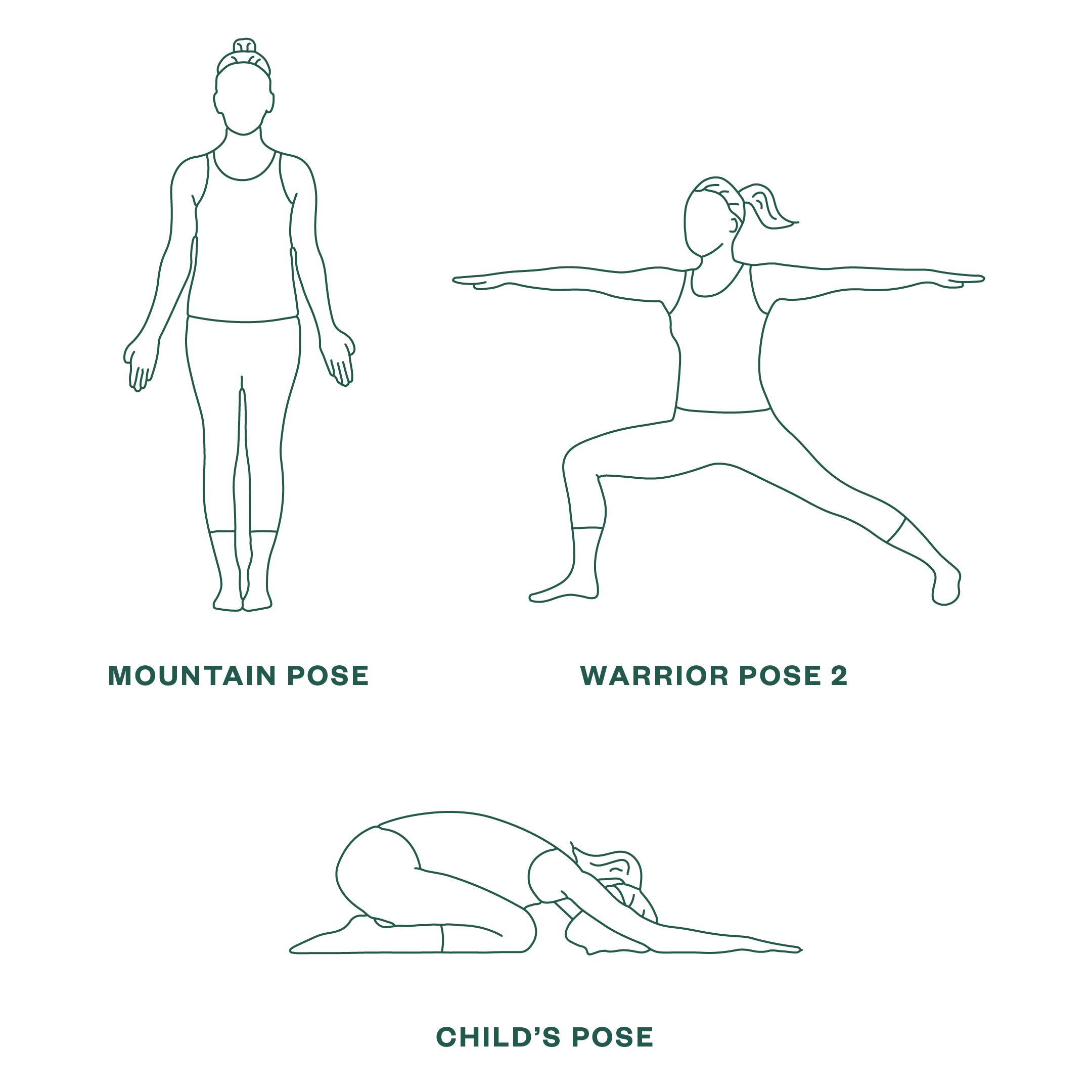Saprea > Online Healing Resources > Our Approach >Healing Resources: Yoga
How Can Yoga Help Me Heal from My Trauma?
A great number of child sexual abuse survivors feel disconnected from their body. Their brain may have learned to cope with the trauma of the abuse by dissociating from the present moment—resorting to numbness or detachment in order to avoid further pain. Other survivors may also feel uncomfortable or restless in their own skin. They may experience unresolved stress and tension that has been stored in their body as a result of their trauma.
One reason for this unreleased tension is the limbic system’s tendency to stay hypervigilant after a trauma such as child sexual abuse. It will remain alert for any signs of danger and can be easily triggered into a fight, flight, or freeze response, even when no threat is present. When these responses happen, the limbic system floods a survivor’s nervous system with energy. And though a survivor understands that they are not in danger and that their limbic system was triggered by a reminder of the past, that burst of energy can remain unresolved, and the stress that it caused can become stored in the body.1
Yoga can help you release some of this pent-up energy and tension, relieving symptoms of trauma that may have been stored unconsciously and physically for years.1,2 Doing so can help regulate your nervous system and provide you with a sense of balance and relief.
What Yoga Poses Do I Start With?
With yoga, you can do certain stretches and poses nearly anywhere that feels comfortable to you, whether it’s in a class, in a hotel room during a trip, or in your backyard. Yoga practices are also easily accessible online, with sources ranging from illustrations to instructional videos to apps. Search out what’s available and discover what types of yoga poses work best for you.
Pictured are three of the most common, easy-to-learn poses you can practice. Before you begin, here are a few tips:
- Find a comfortable place where you won’t be interrupted.
- Wear something you feel you can move around in.
- Be mindful of your breathing as you practice each pose. If you notice you’re holding your breath, gently remind yourself to continue breathing.
- Hold each pose for whatever amount of time feels comfortable for your body. Don’t push too hard.

What Is a Trauma-Informed Yoga Class and How Can I Find One?
Talk to the Instructor Ahead of Time
Arrive a Little Early
Don’t Push too Hard
You Have Options
Count to Yourself if the Instructor Doesn’t
Remember That Healing Is a Process
Practice Body Kindness
Whether you practice a few poses on your own, follow an instructional video, or attend a class, practicing yoga is an effective way to connect with your physical self, be fully engaged with the present, be intentional about your breath and movement, and feel appreciation towards all the incredible things your body can do.
Overall, yoga provides you with an opportunity to practice:
- Acknowledgement by noticing the tension stored in your body.
- Mindfulness by staying grounded in the present moment and guiding your attention toward your poses and your breath.
- Aspiration by working towards making peace with your body and reconnecting with it in a positive way.